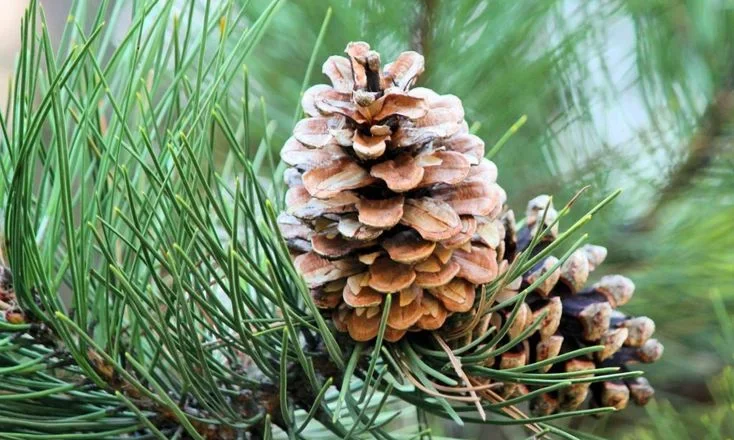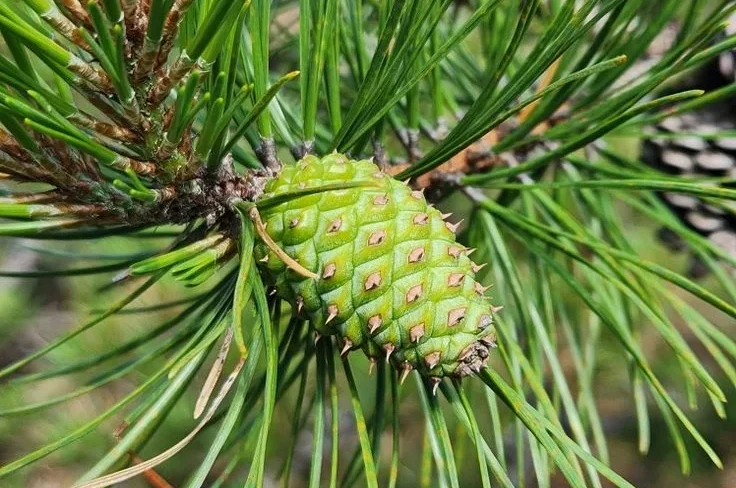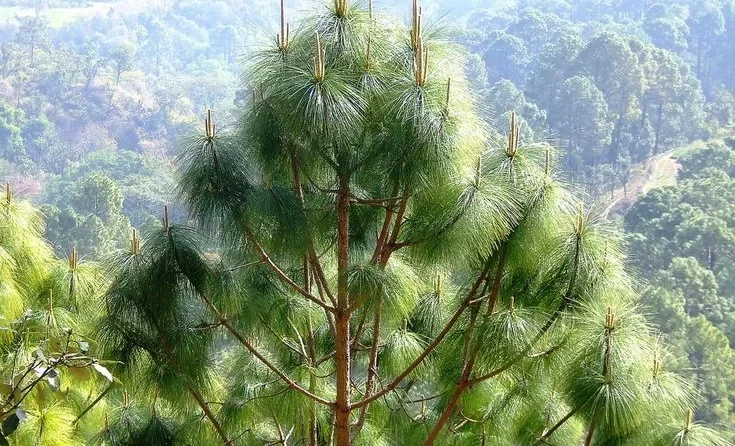Pine tree fertilization is essential for ensuring your trees stay healthy, strong, and vibrant. Whether you’re nurturing young saplings or maintaining mature pines, providing the right nutrients can make all the difference. By understanding when and how to fertilize pine trees, you can promote lush green needles, enhance growth, and increase resistance to pests and diseases.
In this complete guide, you’ll learn everything you need to know about pine tree fertilization, from soil preparation to application techniques all in simple, easy-to-understand terms.
Why Pine Tree Fertilization Matters
Pine trees naturally thrive in well-drained, nutrient-rich soil. However, when they grow in poor or sandy soil, they may struggle to absorb the nutrients needed for healthy development. That’s where proper fertilization plays a key role.
Fertilizing pine trees provides the essential nutrients primarily nitrogen, phosphorus, and potassium that support growth, needle color, and overall vitality. Moreover, it helps young trees establish stronger roots and enables mature trees to withstand harsh weather.
Best Time to Fertilize Pine Trees

Timing is one of the most important aspects of pine tree fertilization. The ideal period is early spring or late fall when the tree is not under stress and can absorb nutrients efficiently.
In spring, fertilizer helps support new growth as buds begin to form. In fall, it strengthens the tree’s root system, preparing it for the upcoming winter months.
Avoid fertilizing during summer, especially in extremely hot weather. The high temperatures can cause fertilizer burn, damaging roots and needles. Similarly, avoid late fall fertilization in very cold climates since the ground may freeze before nutrients are absorbed.
Choosing the Right Fertilizer for Pine Trees
Selecting the correct fertilizer is the foundation of successful pine tree care. Generally, pine trees benefit from a slow-release granular fertilizer with a balanced NPK ratio — such as 10-10-10 or 16-4-8.
-
Nitrogen (N): Encourages lush green needle growth.
-
Phosphorus (P): Strengthens root development.
-
Potassium (K): Improves overall tree resilience and disease resistance.
You can also find specialized evergreen fertilizers designed specifically for pines, spruces, and firs. These provide a steady nutrient supply over time and are less likely to wash away with rain.
How to Fertilize Pine Trees Step by Step

Fertilizing pine trees isn’t complicated — but following the correct steps ensures the best results.
Step 1: Test Your Soil
Before applying fertilizer, use a soil test kit to check nutrient levels and pH. Pine trees prefer slightly acidic soil (pH 5.5–6.5).
Step 2: Measure the Tree’s Drip Line
The drip line is the circular area under the outermost branches. This is where most feeder roots are located and where fertilizer should be applied.
Step 3: Apply Fertilizer Evenly
Spread the fertilizer evenly around the drip line, keeping it at least 6 inches away from the trunk to avoid root burn.
Step 4: Water Thoroughly
Water the area after applying fertilizer to help nutrients penetrate the soil and reach the roots.
Common Mistakes to Avoid in Pine Tree Fertilization
Even with the best intentions, many homeowners make fertilization mistakes that can harm their trees.
-
Over-fertilizing: Too much fertilizer can burn roots and cause nutrient imbalance.
-
Wrong timing: Fertilizing during drought or extreme heat stresses the tree.
-
Skipping soil testing: Applying fertilizer without knowing soil needs often leads to wasted effort and poor results.
Natural and Organic Fertilization Options
If you prefer an eco-friendly approach, organic fertilizers can nourish pine trees without synthetic chemicals.
Some excellent options include:
-
Compost: Adds organic matter and improves soil structure.
-
Bone meal: Provides phosphorus for root development.
-
Fish emulsion: Supplies nitrogen naturally for vibrant green needles.
Signs Your Pine Tree Needs Fertilization
Wondering how to tell if your pine tree needs fertilizer? Here are common signs:
-
Yellowing or pale green needles
-
Stunted growth
-
Sparse foliage or thin canopy
-
Early needle drop
Environmental Factors That Affect Fertilization
Several environmental factors can influence how well your pine tree absorbs nutrients.
-
Soil type: Sandy soils drain quickly and may require more frequent fertilization.
-
Rainfall: Excessive rain can wash away nutrients, while drought slows nutrient uptake.
-
Sunlight: Pine trees in shady areas may grow slower and need less fertilizer.
Maintenance Tips After Fertilizing

After fertilizing, ongoing care helps sustain the benefits. For instance, using a slow-release nitrogen fertilizer can provide consistent nutrients over time, ensuring healthier and longer-lasting plant growth. Additionally, water regularly to keep the soil moist but not soggy. Mulch around the base to prevent weeds and maintain moisture. Finally, prune dead or diseased branches to promote better growth and overall plant vitality.
Frequently Asked Questions
How often should I fertilize my pine trees?
Most pine trees benefit from fertilization once a year, usually in early spring. However, if your soil is nutrient-rich, fertilizing every two years is sufficient.
Can I use lawn fertilizer on pine trees?
No, lawn fertilizers are typically too strong and can damage pine roots. Always use a fertilizer specifically designed for trees or evergreens.
Is organic fertilizer as effective as chemical fertilizer?
Yes, organic fertilizers work more slowly but improve soil health over time, offering long-term benefits without harming the environment.
Should I fertilize newly planted pine trees?
Wait at least one year after planting before fertilizing new pines to avoid stressing the young roots.
Conclusion
n conclusion, pine tree fertilization is a simple yet powerful way to ensure your trees grow strong, green, and healthy. By using the right fertilizer, applying it at the correct time, and avoiding common mistakes, you can maintain a thriving landscape that lasts for decades. Moreover, if you enjoy nurturing different kinds of plants, you might also find it helpful to learn how to replant an aloe vera plant for healthier indoor greenery and a balanced home garden.


















